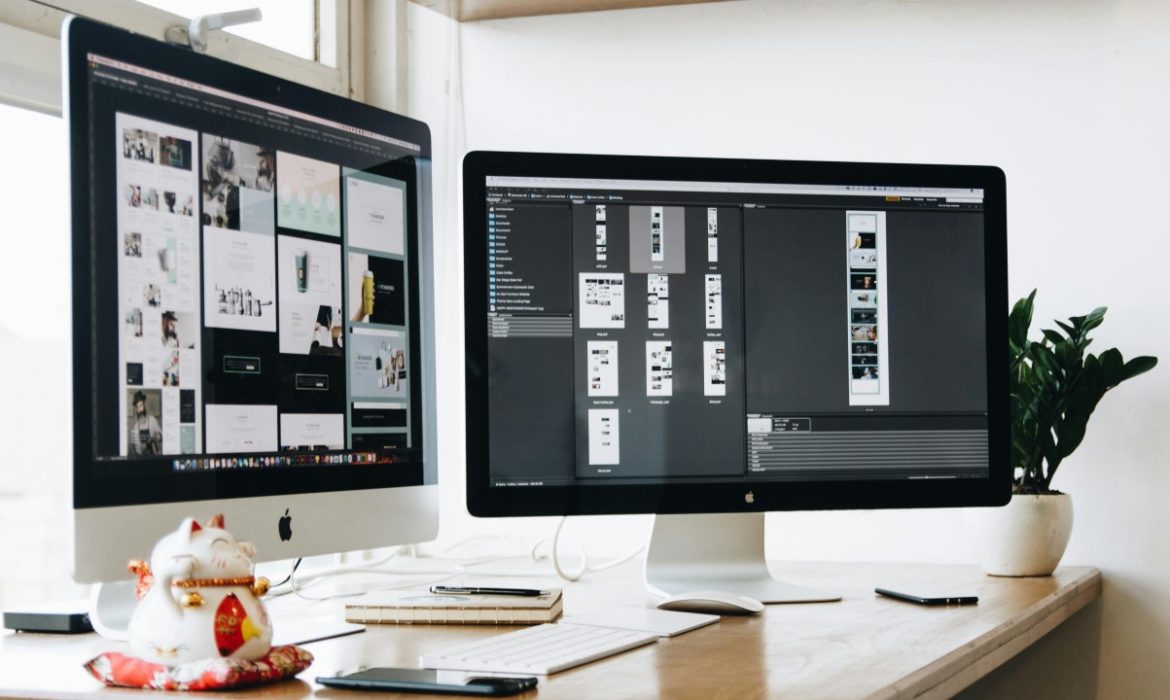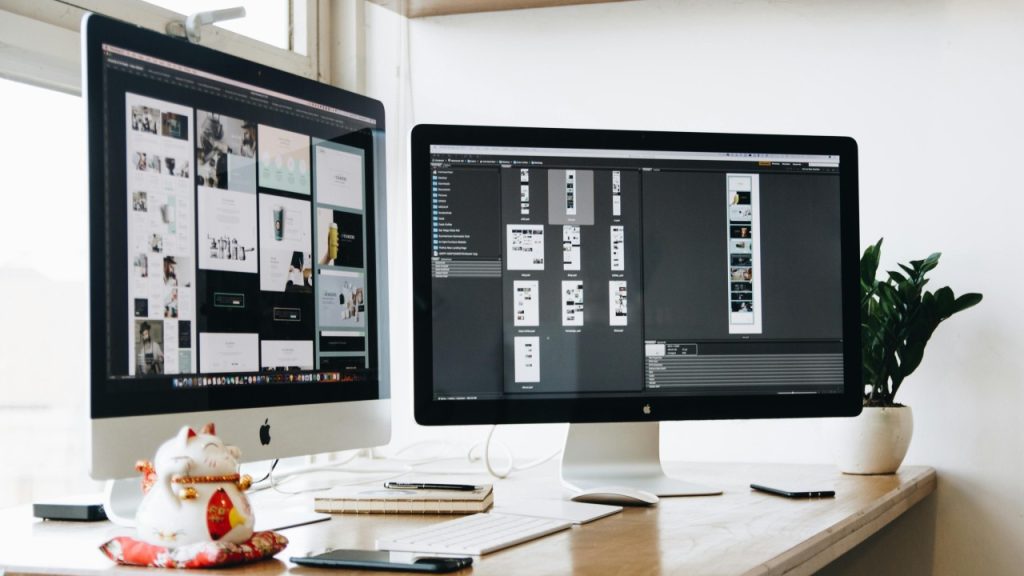
As we step into 2025, the digital landscape continues to evolve, bringing forth innovative web design trends that prioritize user experience, interactivity, and personalization. Web design is one of our core competencies and we’ve taken it upon ourselves to research, summarise and share some of the most popular web design trends in 2025. Here’s a curated overview of the most impactful trends shaping web design this year.
1. Micro-Interactions and Dynamic Cursors
Micro-interactions are subtle animations that respond to user actions, enhancing engagement and providing feedback. These include hover effects, button animations, and cursor transformations. Custom cursors have become a prominent feature, with designs ranging from sparkly trails to responsive morphing shapes, adding a delightful touch to user interactions.
2. Immersive 3D and AR/VR Elements
Websites are increasingly incorporating 3D models, spatial navigation, and interactive animations to create a more engaging user journey. This trend is particularly evident in e-commerce and gaming platforms, where immersive interfaces powered by AR and VR are enhancing the digital experience.
3. Nostalgic Design Elements
Retro design elements, such as bold typography, grainy textures, and ’80s-inspired palettes, are making a comeback. This nostalgic approach allows brands to stand out in a sea of modern and minimalist sites, offering a unique and memorable user experience. While retro-inspired design is only just starting to resurface, it is gaining traction rapidly in response to the sanitised, minimalist style of today’s designs.
4. Personalized User Experiences
Artificial Intelligence (AI) is playing a significant role in all aspects of the online experience and is now being used to personalise web interactions to a great extent. AI-powered browsers, like Opera’s Neon, are being developed to make web browsing more agentic by executing tasks and code directly within web pages. These advancements aim to create more personalized and efficient user interactions.
5. Sustainability and Ethical Design
As environmental consciousness grows, web designers are focusing on creating sustainable and ethical digital experiences. This includes optimizing websites for energy efficiency, using eco-friendly hosting services, and promoting ethical practices through design choices. These efforts not only contribute to environmental preservation but also resonate with users who value sustainability.
6. Inclusive and Accessible Design
Designing for inclusivity and accessibility remains a priority. Websites are being developed with features that cater to users with disabilities, ensuring that digital experiences are accessible to all. This includes implementing screen reader compatibility, keyboard navigation, and colour contrast adjustments to accommodate diverse user needs.
7. Voice User Interface (VUI) Integration
With the rise of voice-activated devices, integrating Voice User Interfaces into websites is becoming more prevalent. This allows users to interact with websites using voice commands, providing a hands-free and efficient browsing experience. VUI integration is particularly beneficial for users with mobility impairments and enhances overall accessibility.
8. AI Optimisation
As AI chatbot usage outstrips search engine usage, optimisation for discovery by AI has become essential. AIO is the new search engine optimisation and every web designer and marketing specialist is scrambling to ensure that Chat GPT and Gemini can easily find and scan their websites for information. Being at the top of a Google search is no longer the be all, end all of website optimisation.
Conclusion
The web design trends of 2025 emphasize a shift towards more interactive, personalized, and inclusive digital experiences along with extensive integration of AI. By embracing these trends, designers can create websites that not only captivate users but also provide meaningful and accessible interactions. As technology continues to advance, staying informed about these trends will be crucial for creating innovative and user-centric web designs.

